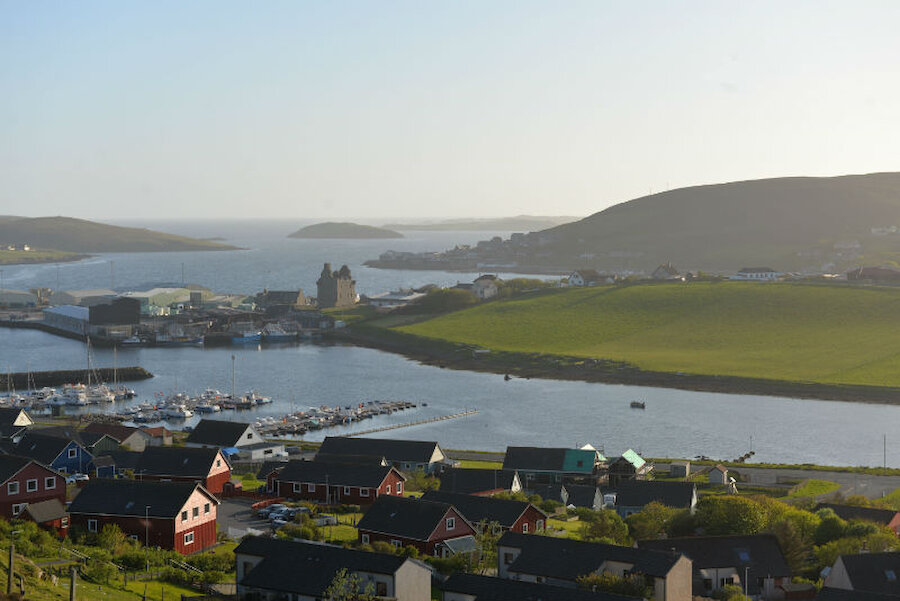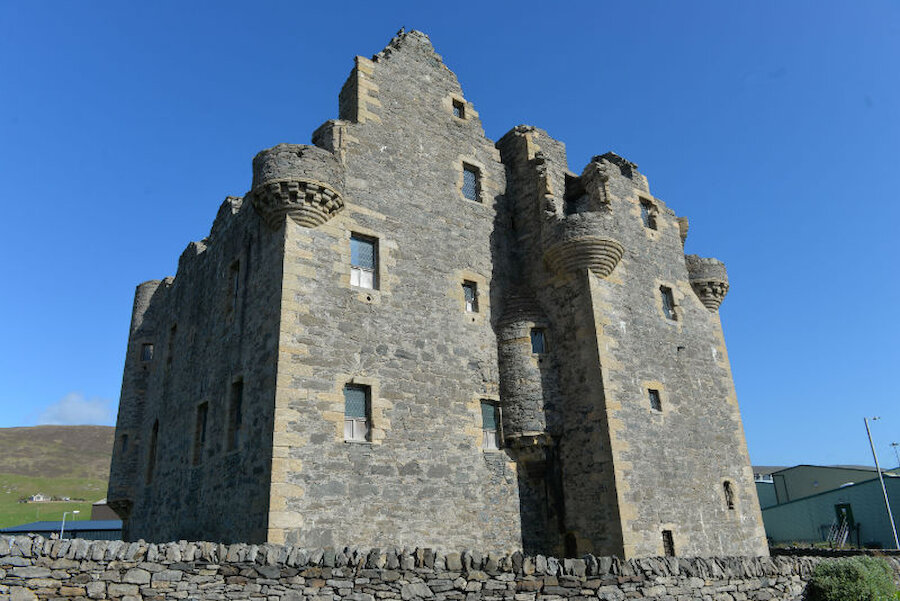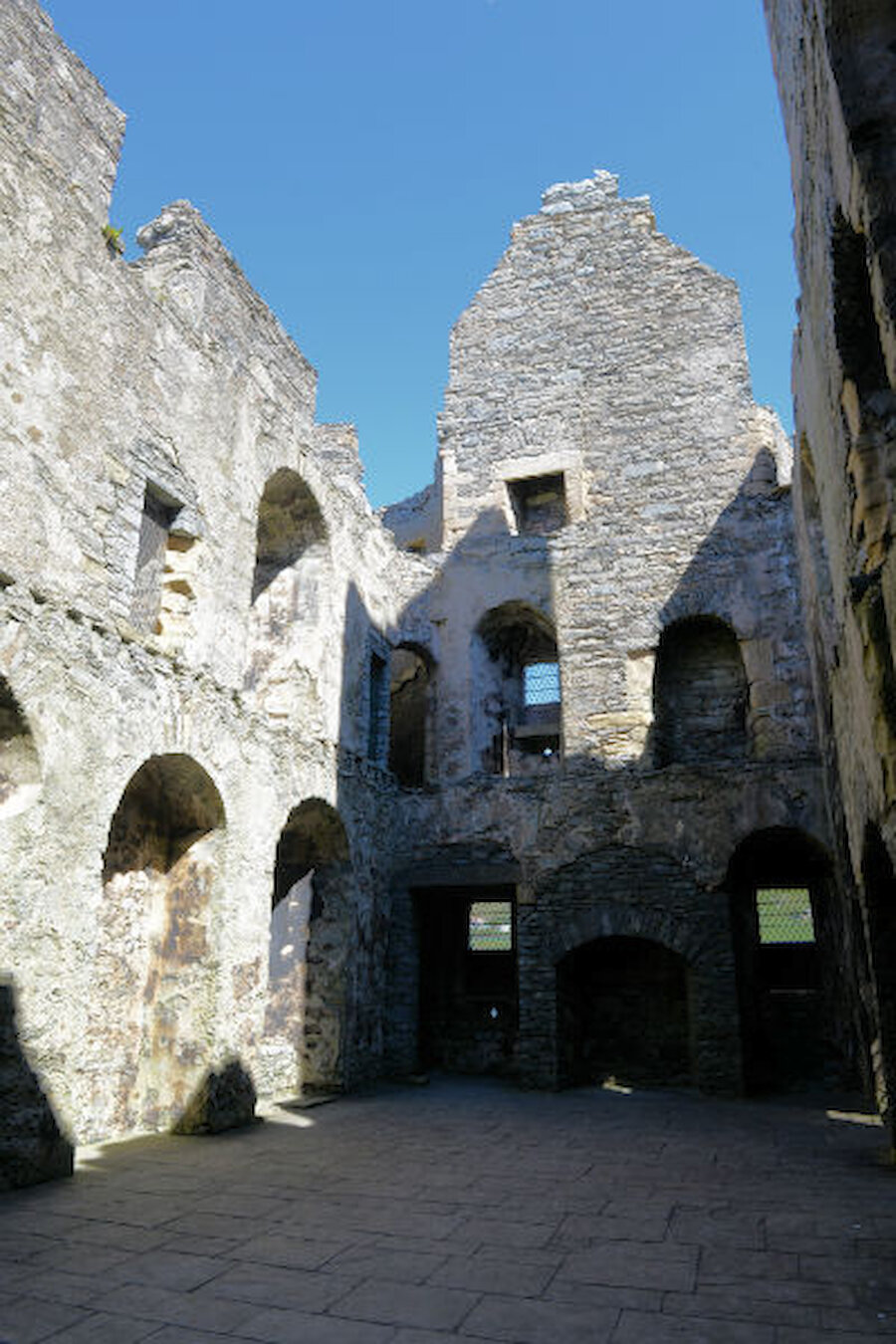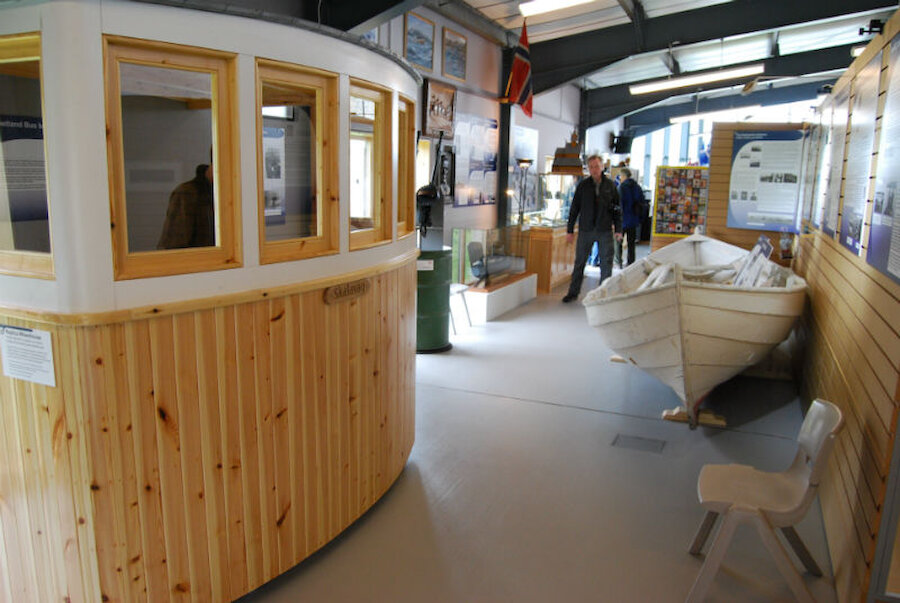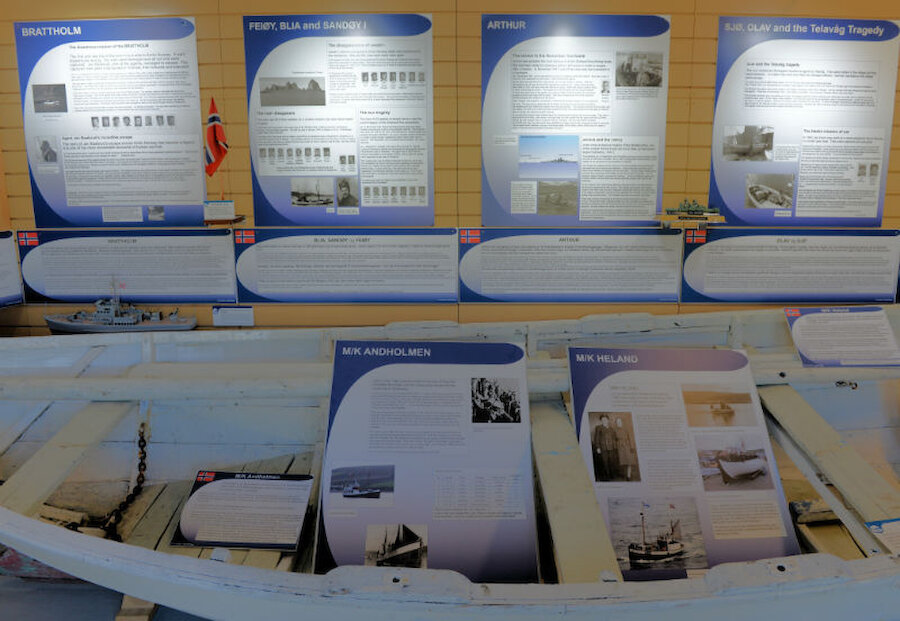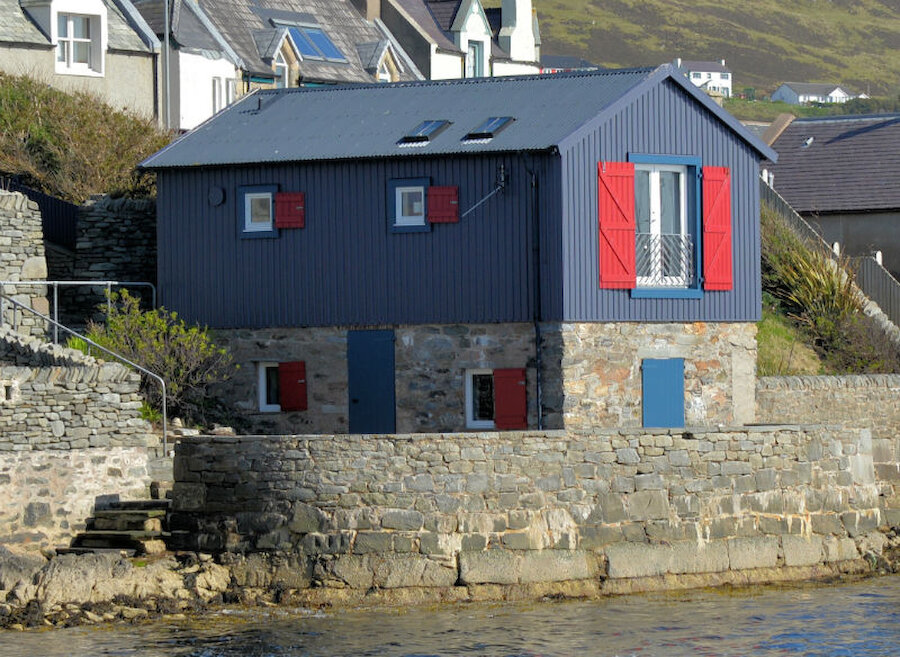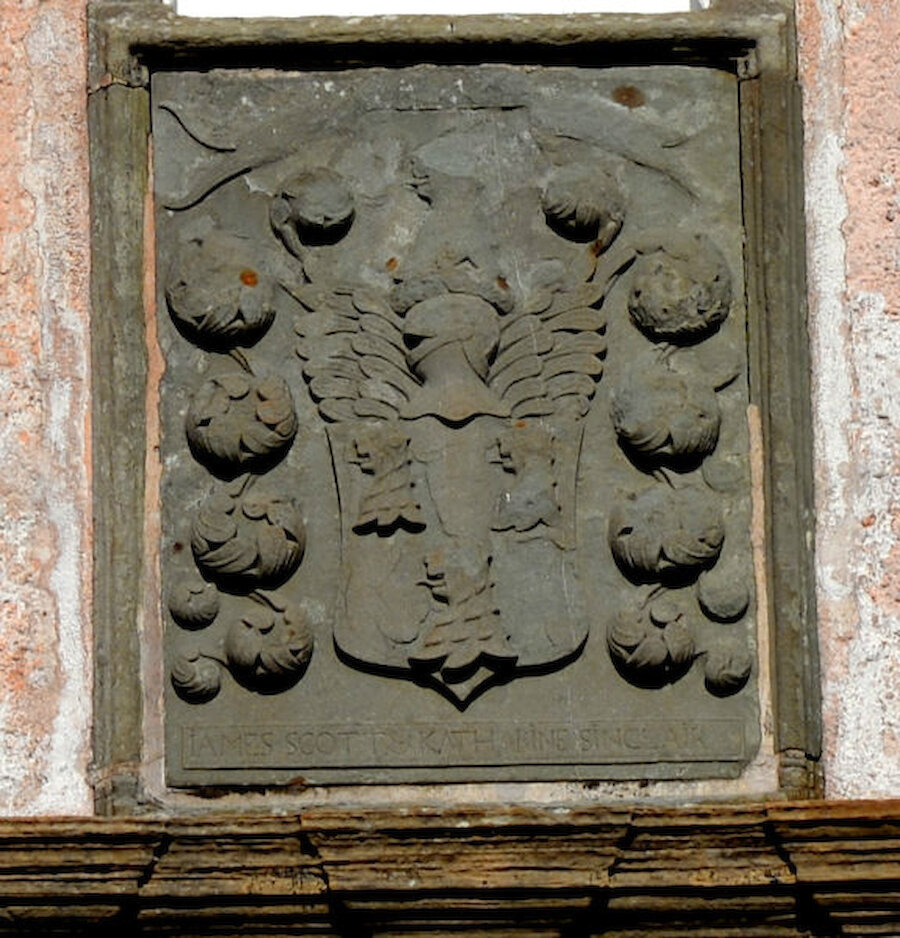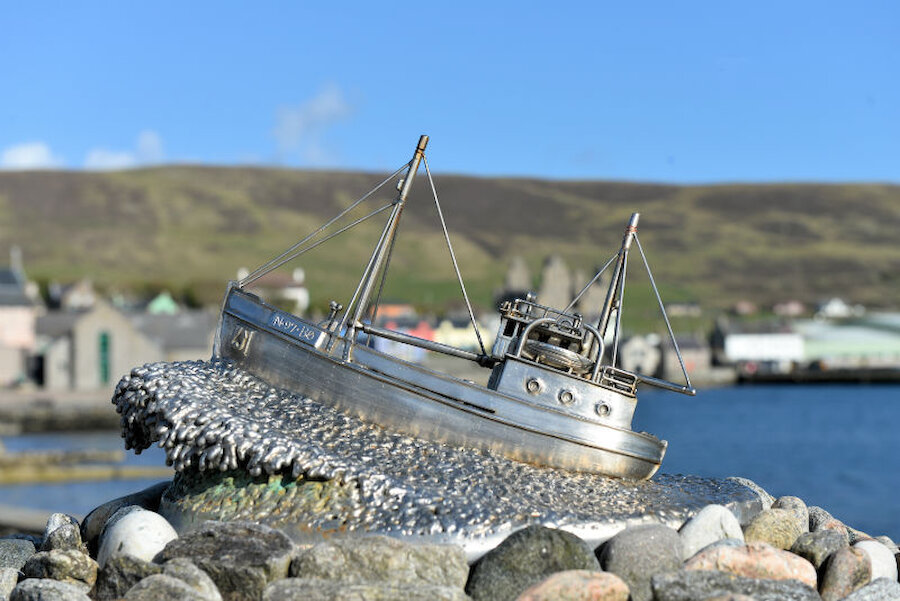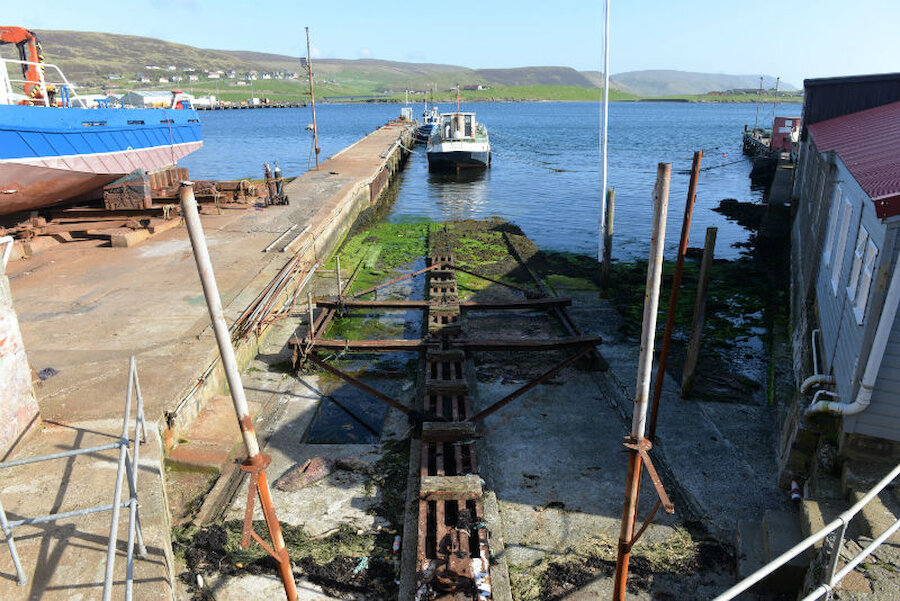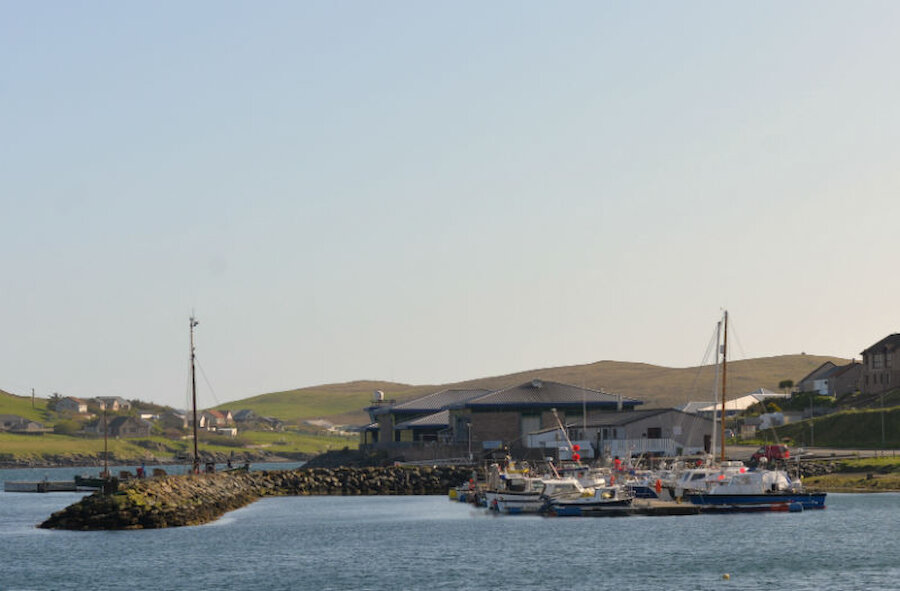The harbour village of Scalloway is known as Shetland's Ancient Capital and, as the name suggests, it boasts a rich heritage, with evidence of occupation as far back as the Iron Age.
Scalloway enjoys a beautiful setting and it is easy and enjoyable to explore the village's deep and diverse history on foot. Points of interest include an impressive 16th century castle, a Category A-listed former laird's 'haa', and several sites and a museum exhibition linked to the 'Shetland Bus' – a series of daring Second World War missions across the North Sea to Norway.


